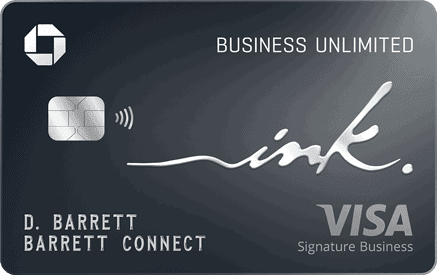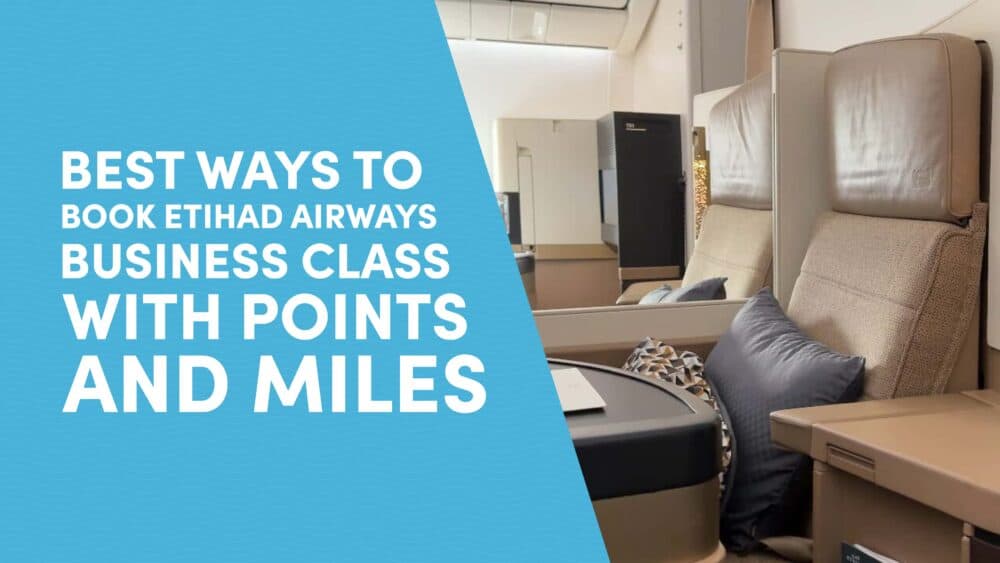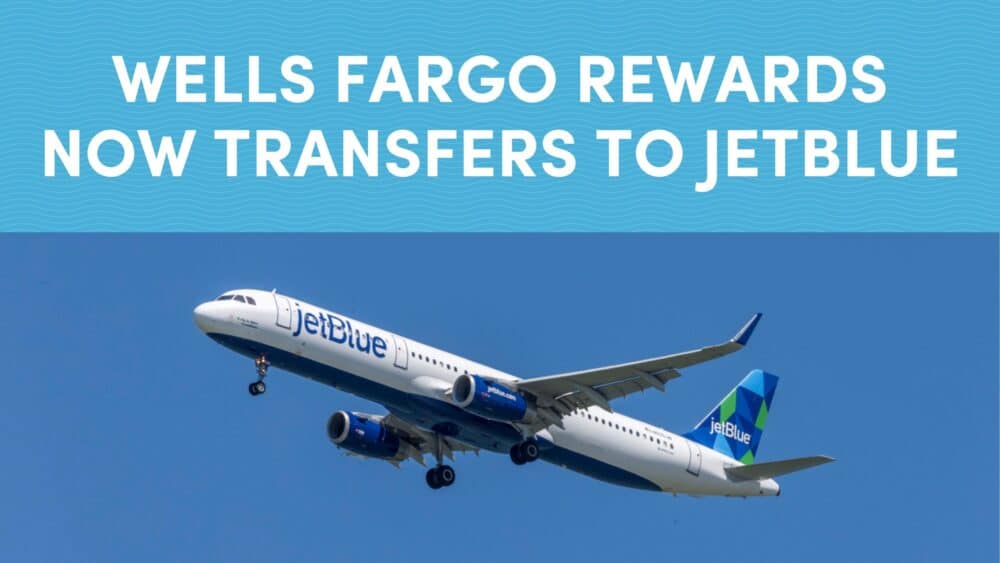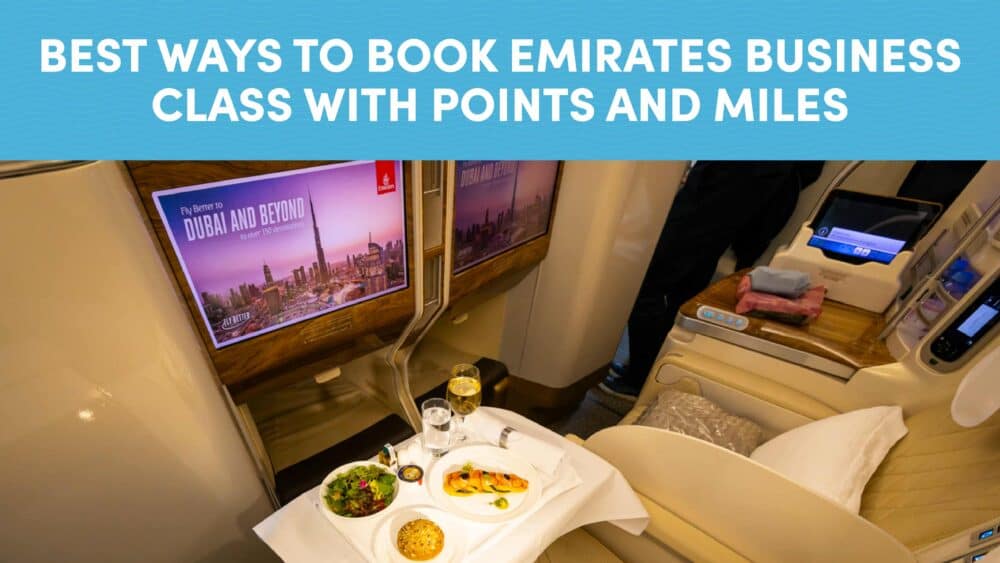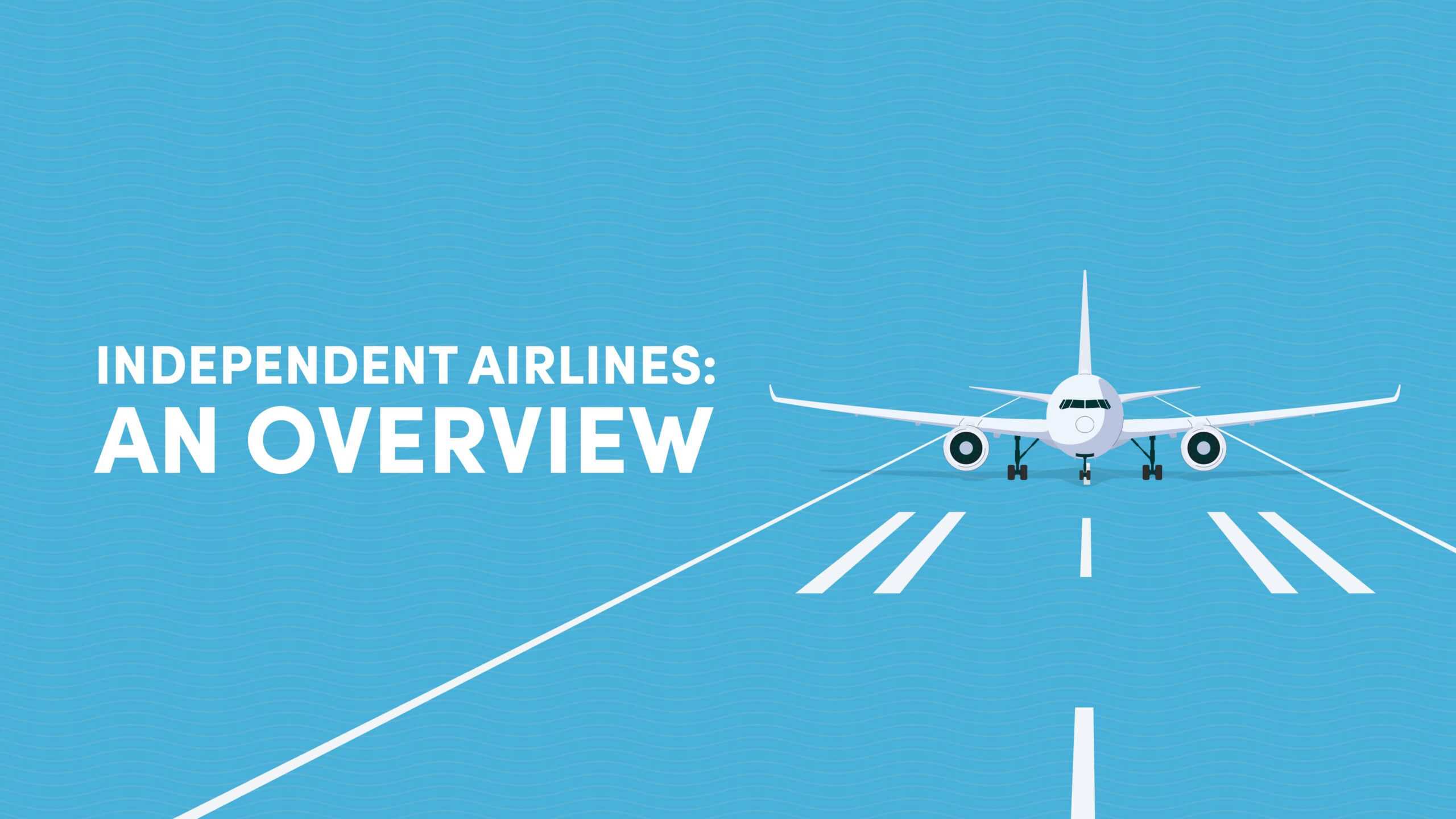
10xTravel is part of an affiliate sales network and receives compensation for sending traffic to partner sites, such as CreditCards.com. This site may earn compensation when a customer clicks on a link, when an application is approved, or when an account is opened. This compensation may impact how and where links appear on this site. This site does not include all financial companies or all available financial offers. Terms apply to American Express benefits and offers. Enrollment may be required for select American Express benefits and offers. Visit americanexpress.com to learn more. All values of Membership Rewards are assigned based on the assumption, experience and opinions of the 10xTravel team and represent an estimate and not an actual value of points. Estimated value is not a fixed value and may not be the typical value enjoyed by card members.
Note: Some of the offers mentioned below may have changed or may no longer be available. The content on this page is accurate as of the posting date; however, some of our partner offers may have expired. You can view current offers here.
For decades, the “big three” alliances of Star Alliance, Oneworld and SkyTeam have dominated global aviation. Airline alliances offer travelers seamless connections, expansive route networks and member loyalty benefits. They have played a crucial role in airline collaboration, making it easier for passengers to fly across multiple airlines in a single itinerary.
However, not every airline is part of a major alliance. Instead, many operate independently or forge their own one-off partnerships with other airlines. Independent airlines range from large, full-service international carriers to niche regional airlines, each with its own approach to route networks and loyalty programs to stay competitive.
In this article, we’ll briefly explore the world of independent airlines–what sets them apart, how they build their own partner networks, and why pursuing elite status with them might be worth your while. We’ll highlight some of the most notable independent airlines and their loyalty programs to help you understand how to maximize your travel benefits when flying outside of the traditional alliance system.
Understanding Independent Airlines
Independent airlines exist across all segments of aviation. They differ from alliance-affiliated carriers in several ways:
- No alliance membership: The most obvious difference is that independent airlines don’t belong to a structured global network like Star Alliance, Oneworld or SkyTeam.
- Custom partnerships: Instead of a predefined group of partner airlines, independent airlines establish their own agreements with select airlines, often based on business needs.
- Limited reciprocal travel benefits: Elite status benefits earned with an independent airline typically aren’t honored by its partners.
Emirates is one example of a large independent airline. It doesn’t belong to any of the big three alliances, but does have partnerships with a number of airlines that allow it to build its own global network. For instance, its partnerships with United and Air Canada allow connectivity with North America.
The Emirates Skywards program also doesn’t follow the traditional alliance model, where benefits are earned across all alliance partners. Instead, Emirates benefits are largely for customers on Emirates flights only.
Why Some Airlines Choose Independence
At first glance, not joining a major airline might seem like a disadvantage. Independent airlines miss out on offering customers extensive route networks and shared alliance benefits. They might also face challenges in getting travelers to commit to their loyalty programs. Despite these potential drawbacks, many airlines intentionally choose independence for the following reasons:
- Operational flexibility: Being part of an alliance often requires compliance with standardized policies. Independence can give an airline greater control over its routes, partnerships, pricing and overall operation.
- Strategic partnerships: Some airlines prefer to handpick their partners rather than be forced into a fixed group. This allows them to collaborate with whoever they like to build out their own route network.
- Cost considerations: Membership in a global airline involves financial commitments. This often includes indirect costs like having to train customer service teams on how to handle award tickets redeemed via the alliance, as well as the increased cost of carrying those award customers.
- Retaining unique competitive advantages: Airlines with distinct competitive advantages might find it more beneficial to operate independently. For example, Emirates concentrates on ultra-luxury and long-haul connectivity that few other airlines offer.

Partner Networks of Independent Airlines
Independent airlines have the flexibility to handpick their partners based on business needs. In practice, these partnerships can take several forms:
- Loyalty program partnerships: Often, independent airlines will allow frequent flyer members to earn and redeem miles on select partner airlines. This can include airlines that are part of an alliance. For example, Emirates Skywards members can earn miles on Air Canada and Qantas even though those airlines belong in different alliances.
- Select travel benefits: Some independent airlines may negotiate perks with partners. For example, Emirates Skyward elite members may enjoy reciprocal lounge access with partners in addition to Emirates’ worldwide lounges.
- Code-sharing agreements: Like airlines in alliances, independent airlines also operate code-share flights. Code-sharing allows multiple airlines to sell seats on each others’ flights under their own flight numbers. For example, Emirates flight EK409 from Melbourne (MEL) to Dubai (DXB) is also operated as Qatar flight QF8409.
Despite these benefits, it can be more challenging for independent airlines to sustain strong partner networks. One obvious reason is that they must negotiate each partnership individually, which can lead to inconsistent benefits across partners. Also, the lack of a formal alliance structure can limit connectivity.
It may take more work, but by carefully curating their partner networks, independent airlines can offer many of the same advantages as alliance airlines while retaining operational flexibility. For travelers, this means there are still plenty of ways to enjoy seamless global travel and loyalty perks without being confined to a single alliance.
List of Notable Independent Airlines
Let’s take a look at some of the most notable independent airlines, along with a look at their key partners.
Emirates
Emirates is one of the largest and most globally recognized independent airlines. Based in Dubai, Emirates operates an extensive long-haul network that stretches to six continents.
Emirates’ notable partners include United, Qantas, Air Canada, and Japan Airlines. Members of these partner loyalty programs can redeem award seats on Emirates. In addition, Emirates is a transfer partner of many major credit card programs in the United States.
Etihad Airways
Based in Abu Dhabi, Etihad is another major airline that isn’t part of an alliance. Etihad is well-known for making headlines for its ultra luxurious first-class products, The Residence and The Apartment.
Etihad has over 20 partners that include big names like American Airlines, ANA, Air France and KLM. Members of these partner loyalty programs can redeem award seats on Etihad. Etihad is also a transfer partner of multiple credit card programs in the United States.
LATAM
LATAM Airlines is the largest airline group in Latin America with a network spanning the Americas, Europe and Oceania. LATAM used to be a Oneworld member, but left in 2020. Since then, LATAM has remained independent, forming partnerships with a mix of alliance and non-alliance carriers to maintain global connectivity.
LATAM’s list of partners include Delta Air Lines, Iberia, Qatar Airways, Alaska Airlines and Aeroméxico. Each partner has slightly different benefits, so check the LATAM Pass program for more details.
JetBlue
Domestically, JetBlue is one of a few US airlines that operates independently. It has a small network of partner airlines where you can earn and/or redeem TrueBlue points, including Etihad, Icelandair, Qatar Airways and Singapore Airlines. JetBlue also has a few codeshare partnerships with airlines like British Airways, Aer Lingus and Turkish Airlines, though you won’t be able to earn and redeem TrueBlue points with them.
Budget Airlines and Regional Airlines
In the world of budget airlines and regional airlines, there are many more independent airlines, including:
- Southwest Airlines
- Spirit Airlines
- Frontier Airlines
- WestJet
- Ryanair
- EasyJet
- Air Asia
We won’t have time to dive into each one in this article. It’s worth noting that many of these low-cost carriers and regional airlines focus on point-to-point routes and cost efficiency. While some airlines like WestJet have more partnerships, others such as Southwest primarily rely on their own networks.
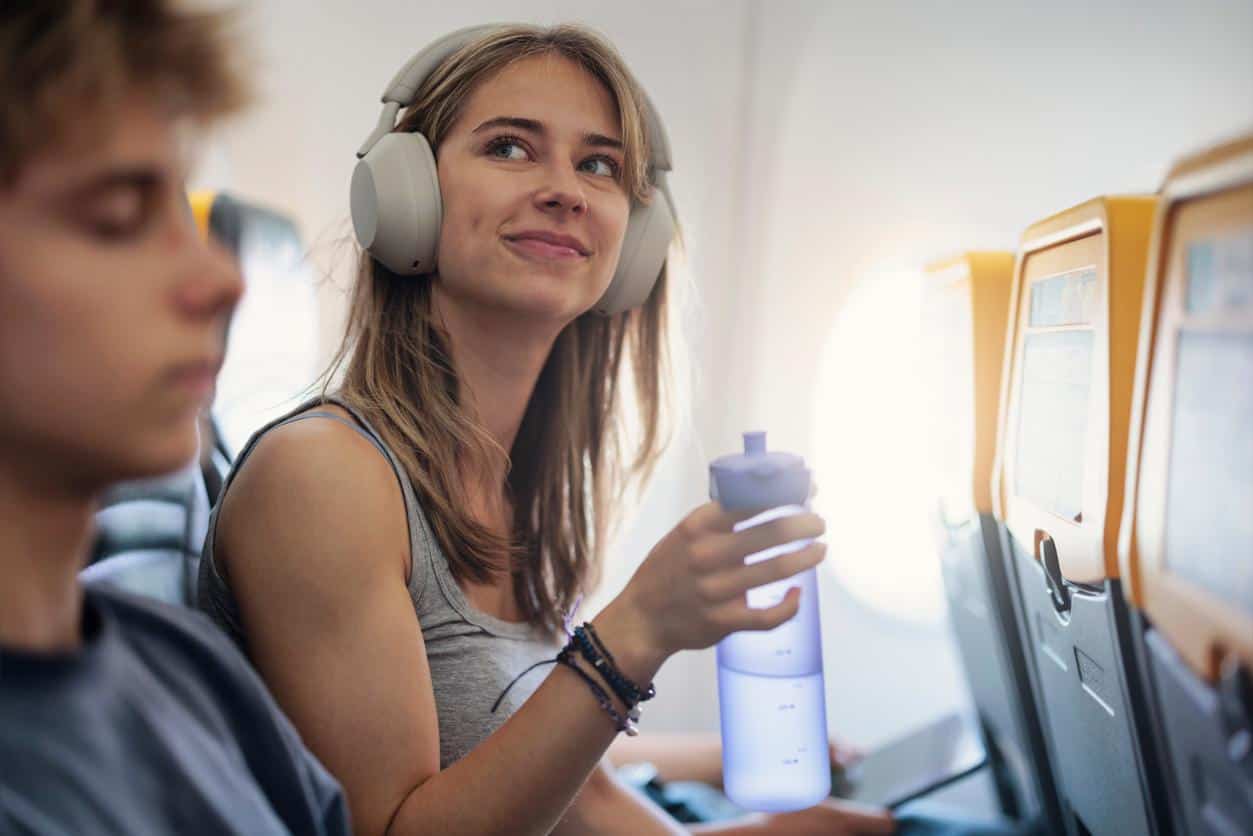
Loyalty Programs of Independent Airlines
Alliance-affiliated programs usually offer consistent earning structures and elite status perks across all member airlines. Independent airline programs also have very similar earning structures, but tend to have varied elite benefits.
Again consider the Emirates Skywards program. Its status tiers are as follows:
- Blue: All members
- Silver: 25,000 tier miles or 25 flight segments
- Gold: 50,000 tier miles or 50 flight segments
- Platinum: 150,000 tier miles and at least one flight in first or business class
This structure mirrors those of major alliance programs, with increasing benefits at each tier. For example, Silver members earn a 30% mileage bonus, Gold members 75% and Platinum members 100%. At the airport, Silver and above enjoy priority check-in and boarding, while baggage allowances increase progressively—from an extra 12kg for Silver members to 20kg for Platinum.
The differences here come when you try to apply your benefits to Emirates partners. On some partners, such as Qantas, you continue to receive your tier privileges if the flight is a codeshare with Emirates. However, if you’re flying with other partners like Air Canada or United, you won’t receive reciprocal benefits. This is the main downside to loyalty programs of independent airlines.
That said, independent programs can still offer great value. Here are a few ways to maximize them:
- Fly with the airline often. Since elite benefits apply only to one airline, make sure it’s one you fly often enough to justify as your main loyalty program.
- Leverage credit card transfers. Many independent programs, like Etihad Guest, allow transfers from American Express Membership Rewards, Capital One Miles and Citi ThankYou Rewards. This can be a great way to earn a bunch of miles with those independent airlines without having to fly them all the time.
- Look for status matches and challenges. Some independent airlines periodically offer temporary status matches from partner airlines, which can fast-track you to elite status.
- Learn the program and discover its sweet spots. Every airline program has certain redemptions that are better than others, and uncovering these sweet spots can help you get outsized value for your miles. It all boils down to knowing the program well enough and choosing which redemptions you like.
Challenges and Opportunities
We’ve already talked about the advantages and disadvantages of independent airlines. We can summarize the challenges that independent airlines face with the following points:
- Limited global reach. Independent airlines must rely on one-off partnerships to provide worldwide connectivity. This can make it harder to compete with other airlines that can offer seamless, international multi-airline itineraries.
- Inconsistent elite status recognition. Frequent flyers of independent airlines will find that their elite status perks typically aren’t honored on partner airlines. Moreover, each partnership may have different rules that travelers aren’t aware of.
- Competition from large alliances. Alliance-backed airlines have vast global networks, standardized benefits and stronger brand recognition. It can be hard for an independent airline to stand out unless they offer a unique product or route network.
However, independence also allows airlines to take advantage of unique opportunities. Besides the freedom to handpick partners, independent airlines are also free to break the status quo with their loyalty programs. A good example is Alaska Airlines, which developed its mileage-based earning structure as an independent airline. Even after joining Oneworld, Alaska has remained the last distance-based loyalty program of major U.S. airlines.
Remaining independent also keeps future options open. Airlines like Alaska Airlines and LATAM have joined and left alliances as business conditions evolved.
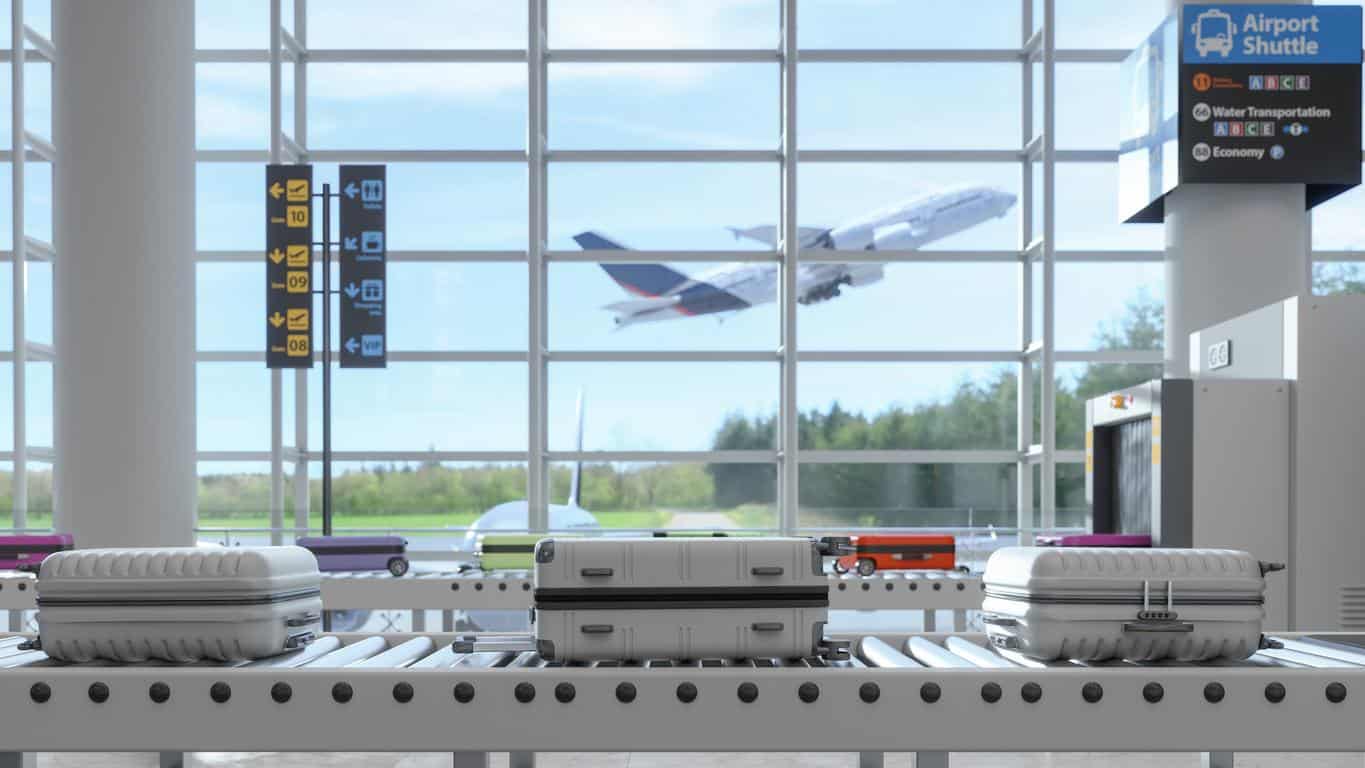
Conclusion
While the big three alliances dominate much of commercial aviation, independent airlines can still thrive by forging their own paths. Through selective partnerships, they too can offer extensive route networks. Airlines like Emirates, Etihad and LATAM demonstrate that independence can be a viable strategy.
For travelers, flying with independent airlines can provide an excellent travel experience with many perks. However, it does tend to require a more intentional approach to maximizing loyalty program benefits, whether that be through credit card point transfers or understanding program sweet spots. While alliances offer consistency, there are still plenty of ways to enjoy luxurious travel benefits and global connectivity with independent airlines—just with a bit more strategy and planning.
New to the world of points and miles? The Chase Sapphire Preferred® Card is the best card to start with.
With a bonus of 75,000 bonus points after you spend $5,000 on purchases in the first 3 months from account opening. , 5x points on travel booked through the Chase TravelSM Portal and 3x points on restaurants, streaming services, and online groceries (excluding Target, Walmart, and wholesale clubs), this card truly cannot be beat for getting started!
Editors Note: Opinions expressed here are author’s alone, not those of any bank, credit card issuer, hotel, airline, or other entity. This content has not been reviewed, approved or otherwise endorsed by any of the entities included within the post.




